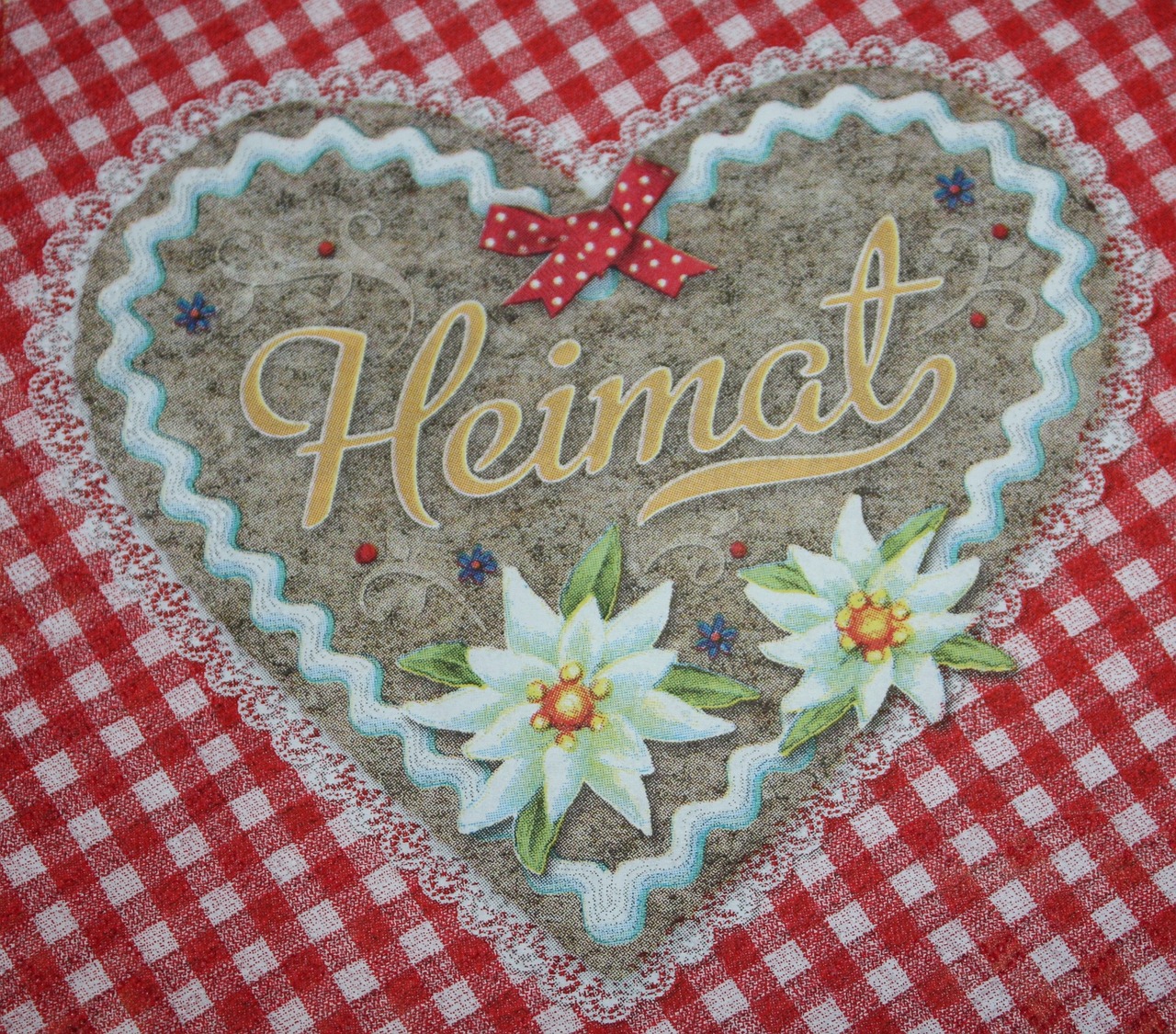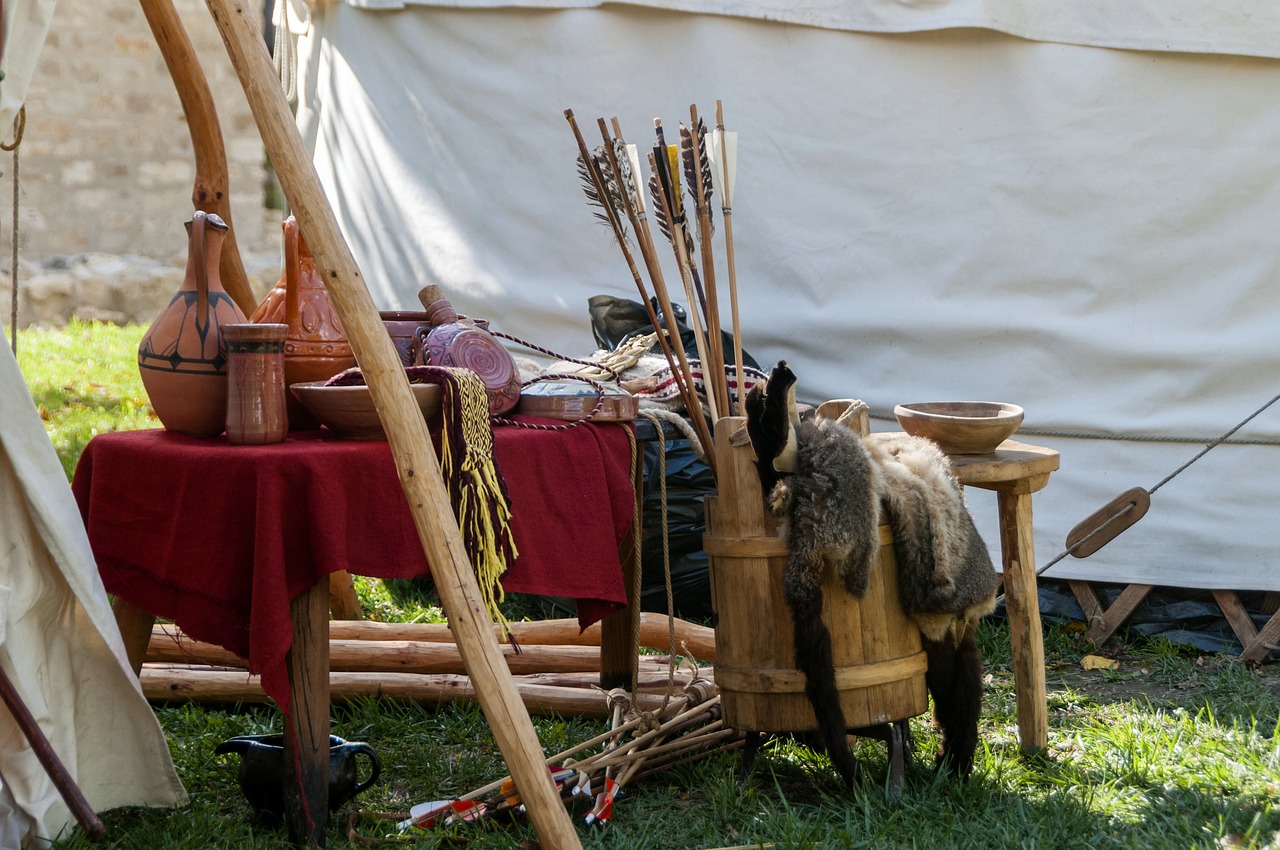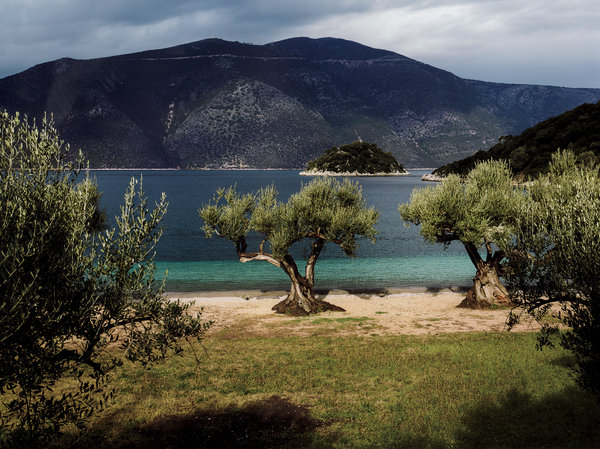Table of Contents
In the remote reaches of northern Europe lies Sápmi, the ancestral homeland of the indigenous Sami people. Nestled within the Arctic Circle, this land of pristine wilderness, fjords, and snow-covered plains is home to a unique culture and way of life that has endured for centuries. However, as modernity continues to encroach upon traditional societies across the globe, the Sami people find themselves at a crossroads, striving to preserve their heritage while navigating the challenges of the 21st century. This article delves into the intricate dance between tradition and modernity in Sápmi, shedding light on the resilience of a people determined to safeguard their identity and way of life.
Explore this link for a more extensive examination of the topic: Liberating Sápmi: Indigenous Resistance in Europe’s … – Amazon.com
The Sami People and Their Homeland
Sápmi stretches across the northern regions of Norway, Sweden, Finland, and parts of Russia. It covers an expansive and diverse landscape, encompassing forests, tundra, mountains, and a labyrinth of lakes and rivers. The Sami people have thrived in this harsh environment for millennia, relying on reindeer herding, fishing, and hunting to sustain their communities.
Sápmi, the ancestral homeland of the Sami people, stretches across the northern regions of Norway, Sweden, Finland, and parts of Russia. It is a vast and captivating expanse, a land of breathtaking diversity that weaves together a tapestry of ecosystems, each with its unique beauty and challenges. This rich and varied landscape forms the backdrop against which the Sami people have forged their enduring connection to the environment and their cultural identity.
In the northern reaches of Sápmi, where Norway and Sweden meet, dense boreal forests blanket the terrain. These ancient woodlands, adorned with towering pine and spruce trees, conceal a world of natural wonders. For the Sami, these forests have provided sustenance and shelter for generations. The woods offer game for hunting, timber for construction, and materials for crafting tools and traditional handicrafts, all while serving as a sanctuary where the Sami connect with the spirit of the land.
As one ventures further north into the heart of Sápmi, the landscape transforms into a rugged, windswept tundra. Here, the horizon stretches out, seemingly without end, punctuated only by the shimmering glint of countless lakes and rivers. The tundra is a land of nomadic reindeer herding, where the Sami move with their herds in an age-old rhythm, following the changing seasons and the availability of grazing lands. It’s a lifestyle rooted in intimate knowledge of the land’s patterns and the careful stewardship of reindeer, who provide sustenance, clothing, and a deep spiritual connection.
Sápmi’s northern reaches eventually give way to the Arctic coastlines, where the Sami’s ancestral ties to the sea come to life. The frigid waters of the North Atlantic and the Arctic Ocean teem with life, offering a bounty of fish and marine mammals. Fishing and marine mammal hunting have been integral to the coastal Sami’s way of life for centuries. The Sami have crafted their boats and fishing gear with great precision, honing techniques that have been passed down through generations, ensuring not only their sustenance but also the preservation of the marine ecosystems they depend on.
Amidst the dramatic mountain ranges that crisscross Sápmi, there’s an undeniable sense of grandeur and solitude. The mountains, some capped with glaciers, stand as sentinels, guarding the timeless traditions of the Sami. They offer opportunities for spiritual reflection and solitude, places where the Sami connect with their ancestors and the spirits of the land.
In Sápmi, the land isn’t just a backdrop; it’s a part of the Sami’s identity, a source of inspiration, and a provider of sustenance. The Sami’s profound connection to their environment reflects not only their ability to adapt and thrive in a challenging landscape but also their commitment to preserving their unique culture and heritage. As we explore the multifaceted beauty of Sápmi, we’re reminded that our connection to the natural world is a treasure to cherish, a bond that has sustained humanity for millennia and continues to shape our lives today.
To delve further into this matter, we encourage you to check out the additional resources provided here: Sámi Mobilities in Colonial Spaces and the Right to Make a Home

Language and Culture
At the heart of Sami identity is their language. The Sami language is a rich and complex tapestry with multiple dialects. Despite being historically marginalized, efforts have been made to revitalize and preserve these languages. Sami culture is deeply intertwined with nature, characterized by unique clothing, traditional songs known as “joik,” and a deep respect for the land and its resources.
nullShould you desire more in-depth information, it’s available for your perusal on this page: Arctic youth transcending notions of ‘culture’ and ‘nature …

Land Rights and Resource Extraction
One of the most pressing challenges facing the Sami people is the encroachment of modern industries into their traditional territories. Mining, logging, and hydropower projects threaten both the environment and the reindeer herding that is central to their way of life. The struggle for land rights and fair compensation for resource extraction remains a significant issue.
The Sami people, custodians of a vibrant and time-honored culture, are locked in a pivotal battle for the preservation of their ancestral lands. This struggle is characterized by the encroachment of modern industries into their pristine territories, casting a shadow over the delicate balance they’ve maintained for centuries.
Mining, with its appetite for precious minerals and resources, poses a considerable threat to the Sami way of life. The relentless excavation of mountains and forests disrupts not only the serene Arctic landscape but also the ecosystems that sustain their reindeer herds. It’s a clash of interests, pitting short-term economic gains against the long-term sustainability of a culture deeply intertwined with nature.
Similarly, logging operations have carved scars into the forests that the Sami people have relied upon for generations. The timber industry’s reach extends deep into the heart of Sami territories, causing ecological imbalances and displacing the reindeer herding communities that have thrived here for centuries.
Hydropower projects, while touted as environmentally friendly, often come at the cost of pristine rivers and waterways. These projects, too, have disrupted traditional Sami practices and their harmonious coexistence with the environment.
At the core of these challenges is the fundamental issue of land rights. The Sami have been fighting for their right to determine the fate of their ancestral lands and fair compensation for the extraction of resources. This battle is not merely about property; it’s about preserving a way of life that has been honed over countless generations, maintaining the integrity of their culture, and securing a future where both traditional practices and economic development can coexist sustainably.
In this modern era, the Sami people are not alone in their struggle. They have garnered international support from environmental activists and indigenous rights organizations, drawing attention to their cause on a global scale. The fight for land rights and fair compensation has become emblematic of the broader struggle for the recognition of indigenous rights and the need for responsible resource extraction worldwide.
In conclusion, the Sami people’s battle against the encroachment of modern industries into their ancestral territories is a microcosm of the global challenges faced by indigenous communities. It highlights the complex interplay between economic development and cultural preservation and underscores the urgency of finding equitable solutions that respect both the environment and the rights of indigenous peoples.
Looking for more insights? You’ll find them right here in our extended coverage: Allotment Stories: Indigenous Land Relations under Settler Siege on …

Climate Change
Climate change has brought unpredictable weather patterns, affecting the migratory routes of reindeer and the availability of traditional foods. As temperatures rise, the ice roads that are crucial for transportation in remote areas become less reliable, further challenging the Sami way of life.
Climate change is not just a distant threat but an immediate and profound disruptor of the Sami way of life. The impacts of shifting weather patterns and rising temperatures have reached deep into their communities, reshaping their traditional practices and posing considerable challenges.
One of the most significant consequences of climate change in Sami territories is the disruption of reindeer herding, a practice at the heart of their culture and livelihoods. Reindeer herding has been a way of life for generations, and the Sami people have an intimate understanding of the animals and their seasonal migrations. However, as climate change alters the landscape, reindeer must adapt to changing food sources and altered migration routes. Unpredictable weather patterns can lead to unusual freezes and thaws, making it difficult for the animals to access food buried beneath the snow.
Traditional foods, which are a vital source of sustenance and cultural identity, are also under threat. As warmer temperatures and shifting ecosystems affect the availability of fish, game, and foraged plants, Sami communities must adapt their diets. This not only impacts their nutritional well-being but also has profound cultural implications as the link between traditional foods and identity weakens.
Another critical challenge arises from the increasing unreliability of ice roads, which are crucial for transportation in remote Sami areas. These roads, which provide access to essential services and connect communities, have historically been dependable during the winter months. However, as temperatures rise and ice becomes less stable, these vital transportation routes become treacherous and unpredictable. This poses not only logistical challenges but also risks isolating some Sami communities, making access to medical care, education, and other services more difficult.
The Sami people are not passive in the face of these challenges. They are actively engaged in efforts to mitigate and adapt to the impacts of climate change. Many are collaborating with scientists and environmental organizations to monitor and understand the changing Arctic environment. Traditional knowledge, passed down through generations, is combined with modern scientific methods to adapt herding practices and identify new food sources.
Furthermore, Sami communities are advocating for sustainable practices and climate action on the global stage. They emphasize the importance of preserving not only their way of life but also the Arctic ecosystem, which has global significance in regulating climate and biodiversity.
In conclusion, climate change is reshaping the Sami way of life in profound ways. It challenges their traditional practices, impacts food security, and disrupts essential transportation routes. However, the Sami people are resilient and resourceful, actively working to adapt to these changes while advocating for global action to mitigate the effects of climate change. Their experience serves as a poignant reminder that the impacts of climate change reach far beyond the scientific realm, affecting cultures and communities deeply rooted in their environments.
Looking for more insights? You’ll find them right here in our extended coverage: Arctic youth transcending notions of ‘culture’ and ‘nature …

Cultural Preservation
In the face of globalization, many young Sami individuals are drawn to urban centers for education and career opportunities. This migration poses a risk to the preservation of traditional Sami knowledge and practices, as younger generations become increasingly disconnected from their ancestral homelands.
The allure of urban centers, with their promises of education and career prospects, has cast a significant influence on the younger generation of the Sami people. The pull of modernity and globalization is a double-edged sword, offering opportunities but also presenting challenges to the preservation of traditional Sami knowledge and practices. This migration trend underscores a complex interplay between cultural identity, economic aspirations, and the need to adapt to a rapidly changing world.
Educational Aspirations: Many young Sami individuals are opting to pursue higher education in urban areas, driven by the desire for broader career prospects. This influx into universities and colleges is undoubtedly a positive development, as it equips them with knowledge and skills that can be used to benefit both their communities and society at large.
Cultural Disconnect: However, this migration comes at a cost. The physical distance from their ancestral homelands, where traditional Sami ways of life are deeply ingrained, can lead to a gradual disconnection from their cultural heritage. The loss of proximity to elders and the traditional practices that have sustained Sami communities for centuries can erode the transmission of essential knowledge and skills.
Language and Identity: One of the primary concerns associated with urban migration is the diminishing use of the Sami language among younger generations. Language is not just a means of communication; it is a repository of culture and identity. As young Sami individuals adopt the dominant language of urban centers, there is a risk of losing the rich linguistic diversity that defines Sami culture.
Preserving Traditions: Efforts are being made to counter this trend. Many Sami organizations, educational institutions, and cultural centers are working diligently to create spaces where young Sami individuals can reconnect with their roots. Traditional storytelling, language classes, and cultural festivals provide opportunities for the transmission of knowledge from elders to the youth, bridging the gap between generations.
Balancing Modernity and Tradition: Striking a balance between modernity and tradition is a challenge faced by many indigenous communities worldwide. The Sami are no exception. While urban migration may offer economic and educational advantages, it’s essential to ensure that these benefits are not at the expense of cultural heritage. Empowering young Sami individuals to carry their traditions forward in contemporary contexts is a delicate but crucial endeavor.
Global Citizenship: It’s important to acknowledge that urban migration can also enhance the global perspectives and influence of young Sami individuals. They often become advocates for indigenous rights, environmental stewardship, and cultural preservation on national and international platforms, amplifying the Sami voice in critical dialogues.
In conclusion, the migration of young Sami individuals to urban centers in pursuit of education and career opportunities reflects the complexities of modernity and globalization. While it presents challenges to the preservation of traditional knowledge and practices, it also opens avenues for cultural exchange and empowerment. The key lies in striking a delicate balance that allows the Sami people to navigate the currents of change while safeguarding their cultural identity and heritage for future generations.
To delve further into this matter, we encourage you to check out the additional resources provided here: Sámi Archaeology and the Fear of Political Involvement: Finnish …

Resilience and Adaptation
Despite these challenges, the Sami people are resilient and adaptive. They actively engage in political activism and advocacy to protect their land and resources. Landmark legal cases have affirmed their rights to traditional territories, setting important precedents.
nullTo delve further into this matter, we encourage you to check out the additional resources provided here: Tourism work among Sámi indigenous people

Sustainable Practices
Sami communities are also exploring sustainable alternatives to resource extraction. Initiatives such as ecotourism, the promotion of traditional crafts, and the certification of reindeer meat as a sustainable food source are gaining traction.
In addition to their deep connection with nature and reindeer herding, Sami communities are increasingly embracing sustainable practices that not only preserve their way of life but also contribute to the global effort to protect the environment. One of the notable initiatives gaining momentum is ecotourism. Sami communities are opening their doors to travelers who wish to experience the Arctic wilderness in an environmentally responsible way. This not only provides an additional source of income but also fosters a greater understanding of the delicate Arctic ecosystem and the importance of its conservation.
Another avenue Sami communities are exploring is the promotion of traditional crafts. Their intricate handicrafts, such as duodji (Sami handicrafts), are not only beautiful expressions of culture but also sustainable products. These crafts are created using traditional techniques and locally sourced materials, reducing the carbon footprint associated with mass-produced goods. By promoting these crafts both locally and internationally, the Sami are not only preserving their heritage but also contributing to the global movement towards sustainable and ethical consumption.
Furthermore, the certification of reindeer meat as a sustainable food source is a significant development. Reindeer herding has been a traditional livelihood for the Sami for centuries, and now, by certifying the sustainability of their practices, they are ensuring that this age-old profession aligns with modern conservation goals. This certification assures consumers that the reindeer meat they enjoy comes from herds that are managed responsibly and in harmony with the environment.
These sustainable initiatives reflect the Sami people’s commitment to balancing tradition with the needs of the modern world. By embracing ecotourism, promoting traditional crafts, and certifying their reindeer meat, they are not only safeguarding their unique way of life but also setting an inspiring example of how indigenous cultures can lead the way in responsible stewardship of the planet. These efforts serve as a reminder that sustainable practices rooted in tradition can play a vital role in preserving both cultural heritage and the environment for generations to come.
To expand your knowledge on this subject, make sure to read on at this location: “You Can Kill Us with Dialogue:” Critical Perspectives on Wind …

Education and Cultural Revival
Efforts to revitalize the Sami languages and cultural practices are underway through educational programs and community initiatives. Sami culture is being celebrated on a global scale through events like the annual Sámi National Day.
Efforts to revitalize the Sami languages and cultural practices are more crucial now than ever before. The preservation of language is often considered the cornerstone of preserving a culture, and in the case of the Sami, this rings especially true. Sami languages have long been marginalized and, in some instances, even suppressed, making the work of revitalization all the more urgent.
Educational programs designed to teach Sami languages and cultural traditions are gaining momentum. These programs, often conducted in schools and community centers, serve as vital tools in ensuring the transmission of Sami knowledge from one generation to the next. They empower young Sami individuals to not only speak their native language but also to understand the cultural nuances, stories, and wisdom embedded within it.
In addition to formal education, community initiatives play an integral role in this revival. Local gatherings, workshops, and cultural festivals provide spaces for Sami people of all ages to come together and celebrate their heritage. These initiatives foster a sense of belonging and pride among the Sami, reinforcing their identity as a unique and vibrant indigenous community.
One of the most noteworthy and globally recognized celebrations of Sami culture is the annual Sámi National Day. Held on February 6th, this day commemorates the signing of the first Sami Congress in 1917. It has evolved into a grand spectacle, not only within Sápmi but on an international stage as well. During this event, Sami communities showcase their distinctive music, art, cuisine, and traditional clothing.
The Sámi National Day serves multiple purposes. Firstly, it acts as a reminder of the Sami people’s historical struggles and their continued resilience in preserving their culture against all odds. Secondly, it provides an opportunity for the broader global community to learn about and appreciate the richness of Sami traditions. This celebration fosters cross-cultural understanding and appreciation, breaking down barriers and stereotypes that have often hindered indigenous communities.
In recent years, the Sámi National Day has transcended borders, reaching international audiences. Cultural exchange programs, exhibitions, and performances have helped raise global awareness of the Sami people and their cultural heritage. This heightened recognition has led to increased support for the preservation of Sami languages and traditions.
However, the work is far from finished. Efforts to revitalize Sami languages and cultural practices need sustained commitment and resources. Education programs must be expanded, and more cultural festivals should be organized to ensure that the younger generation remains deeply connected to their roots. The international community can contribute by supporting these initiatives, promoting cultural exchange, and advocating for the protection of Sami lands and rights.
In conclusion, the revitalization of Sami languages and cultural practices is a multifaceted endeavor that encompasses education, community involvement, and global celebration. The annual Sámi National Day exemplifies the power of cultural festivities to preserve and share indigenous heritage with the world. As these efforts continue to thrive, the Sami people are forging a path toward cultural resilience and a future where their traditions remain vibrant and celebrated.
For additional details, consider exploring the related content available here Sounding Sápmi in Multimedia: Gender, Politics, and Indigenous …

The Sami people of Sápmi stand at the intersection of tradition and modernity, facing formidable challenges while also demonstrating remarkable resilience. Their ability to adapt, preserve their cultural heritage, and engage in advocacy for their rights reflects the strength of a people deeply connected to their ancestral homeland. As we look to the future, the world can learn valuable lessons from the Sami about the importance of protecting indigenous cultures and the environments in which they thrive. Sápmi remains a poignant reminder of the ongoing struggle to balance modern development with the preservation of our planet’s rich cultural tapestry.
To expand your knowledge on this subject, make sure to read on at this location: Contemporary Indigenous Research within Sámi and Global …
More links
Looking for more insights? You’ll find them right here in our extended coverage: Liberating Sápmi: Indigenous Resistance in Europe’s … – Amazon.com
